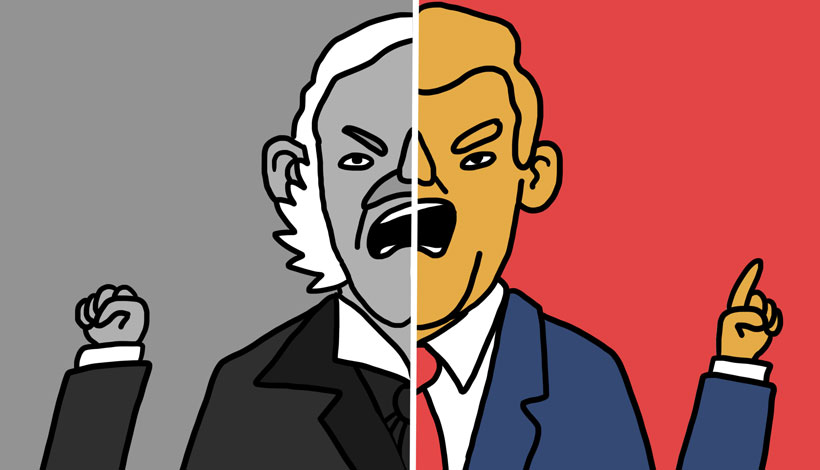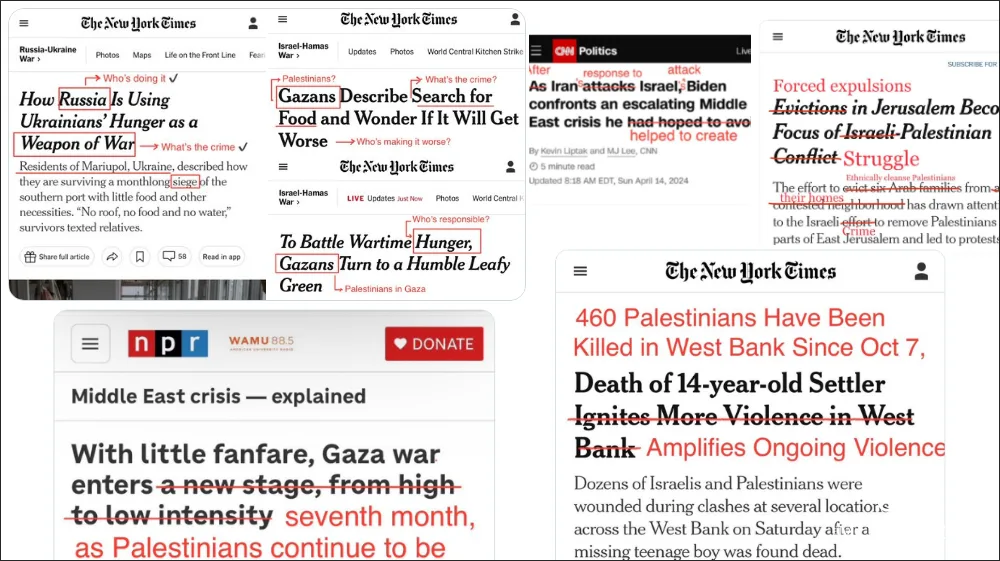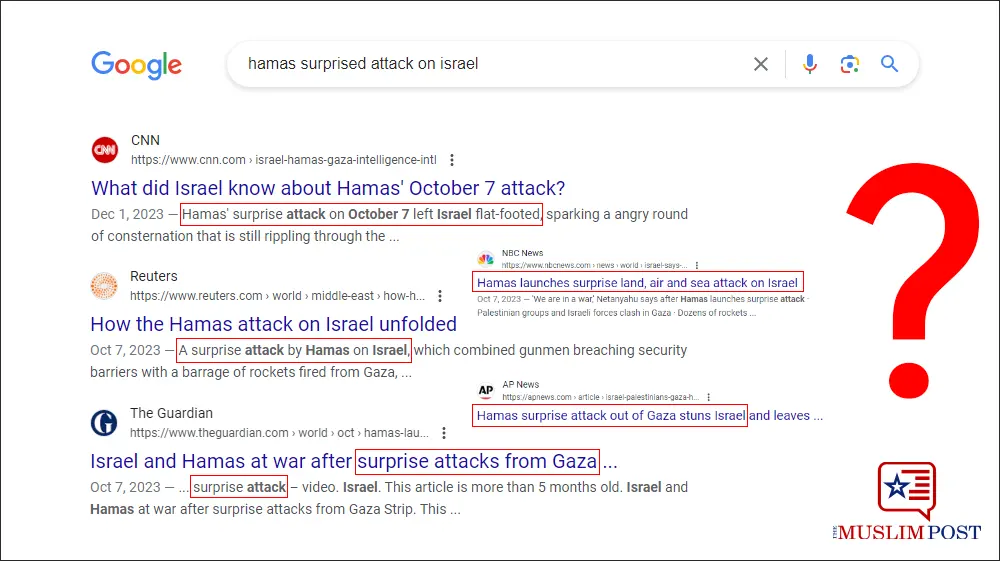the false dichotomy
an american precedent for the radical outsider
BY CAROLINE RIBET , ILLUSTRATED BY RÉMY POISSON
n October 31, 2017, a person drove a pickup truck onto a bike path in downtown New York City, killing eight people and injuring 11. The driver had come from Uzbekistan in 2010 and was a legal permanent resident of the United States. Segments of the media immediately connected this tragic event with “radical Islam.” Fox News’s Ned Ryun asked the members of American society to “use common sense to protect ourselves from radical Islamic terrorists.” Ryun explained, “Radical Islam is evil; it is full of hatred and seeks to destroy our way of life. Our way of life and our system of government, [sic] is anathema to radical Islam—like oil and water, they will never mix.”
The narrative that links “radicals” and Islam is familiar to us—it has been intermittently present in mainstream media and political discourse since the attacks of 9/11. But the idea that radical Islam is responsible for many troubles in America is less a reality than an idea, a myth that serves to unify Americans against a perceived common enemy. In 2018 so far, 10,391 people in the United States have died from gunshot wounds. Zero have died from terrorist attacks.
In a narrow sense, Americans’ fear of “radical Islam” may seem recent, but it is an example of a broader phenomenon that has been around for a long time: the “radical” outsider. Fear of radical anarchists was widespread in the early 1900s, as Americans worried that immigrants were stealing jobs, degrading society, and bringing less civilized ways of life to the United States.
Although the late 19th century saw several violent events that the media connected (in some cases fairly, in others wrongly) to radical anarchist immigrants as well, it was not until the assassination of President William McKinley in 1901 by a Polish American with anarchist leanings that widespread xenophobia became a real political project. In an address to the nation in 1901, Theodore Roosevelt described anarchy as “a crime against the whole human race.” Social and political fear of anarchists reached a zenith during the Red Scare, a pervasive American paranoia about immigrants and rebels who embraced socialist, communist, and anarchist ideologies. Realizing that American politics has evoked similar rhetoric and legislation regarding different groups of outsiders in the past can help us to take the broad view on our own political moment.
A 1901 Washington Post article argued that the United States could protect itself from radical outsiders in its “barring of gates of this country against the sort of human vermin who bring into it from other lands the lawless ideas.” Indeed, the idea of using legislation to keep borders closed to “lawless” radical immigrants was as popular in the early 20th century as it is today. Congress passed the Anarchist Exclusion Act in 1903 and the Immigration Act in 1918. Both laws were designed to keep the U.S. safe from “dangerous” immigrants. The first prevented the entry of anarchists. The second allowed the government to deport them. In 1919, 249 alien radicals were deported. The vast majority of these deportees had no history of terrorist activities or criminal records. It was their belief in theoretical anarchism that made them subject to deportation.
President Donald Trump’s own travel ban (which was recently—and in my view, wrongly—upheld by the Supreme Court) is entitled “Protecting the Nation from Foreign Terrorist Entry into the United States.” Even its name is propaganda that employs myths about safety to perpetuate dangerous and unfounded racist paranoia. After signing his first travel ban into law, Trump boasted, “I am establishing new vetting measures to keep radical Islamic terrorists out of the United States of America.”
Contrasting traditional Western values against the values of radical others in a false dichotomy of good and evil is a political tactic that unites politicians across time. It has been applied to Muslims at least since the attacks of 9/11. President George Bush said in a speech in 2002 about Islam, “Our war is a war against evil. This is clearly a case of good versus evil, and make no mistake about it—good will prevail.” On his first international trip as president, Trump also described his mission as a “battle between good and evil,” claiming that Muslims who are perceived to be radical are “barbaric criminals who seek to obliterate human life and decent people, all in the name of religion.”
The First Red Scare helps us evaluate this rhetoric more objectively, because it helps us see that ideas connecting radical outsiders with danger are bolstered by politicians and the media, rather than evidence. It is not difficult to see the link between the articles published in the early 1900s and the rhetoric that now populates our own political discourse. If one were to take articles from the early 20th century and replace words like “anarchist” and “red” with words like “Muslim” or “immigrant,” these articles would not seem out of place in some mainstream news sources today.
While targeted legal actions like the travel ban and early 20th-century immigration laws make some people feel safer, they do not make anyone safer. After the ban was announced, The Atlantic ran an article entitled “Trump’s Immigration Order Is a Propaganda Victory for ISIS.” It was authored by Charlie Winter, a researcher at the International Centre for the Study of Radicalism. In it, he explains that the ban “will go far to symbolically aid and abet the very terrorists that the president says he wants to keep out, popularizing and reinforcing their binary worldview.” Rhetoric that employs false dichotomies of good and evil to juxtapose American values with those mythical and inherently violent ideologies that are often attributed to radical Islam bolsters the terrorist groups that perpetuate violence around the world.
The travel ban is also damaging in the most personal ways, seriously affecting people with connections to Iran, Iraq, Libya, Somalia, Sudan, Syria, and Yemen—the countries that are targeted by the travel ban. I spoke to a family friend, an Iranian immigrant and an American citizen who requested to remain anonymous for this story. Though he commented that “there are more unfortunate cases,” and that “the travel ban has affected me almost indirectly, and luckily not so badly,” he has to fly across the world when he wants to see his parents, who are residents of Tehran. “Before the travel ban issue,” he explained, “I had applied for my parents to get a green card. Because in the U.S. there is no long-term visa for some nationalities including Iranians. The only way that people from Iran can visit relatives in the U.S. is a green card.” Even though his parents are green card holders, making them lawful residents of the United States, an immigration lawyer warned that “because of Trump’s new travel ban, they will not be allowed to enter the country.” His parents would be turned around at the airport.
Though my friend is able to see his own good fortune relative to others’, he faces what some would consider extreme obstacles to see his family. Because he did not complete his military service in Tehran, he cannot go see his parents either. Instead, they have to meet in places like Istanbul.
When we see terrifying stories in the news like the 2017 New York City pickup truck incident, we can ask ourselves what might motivate a person to commit such an attack. In fact, our country’s tendency to portray the ideologies of outsiders as fundamentally at odds with American ideals might serve as confirmation for those groups of outsiders who believe the same: that we are poisonous to them. By having inclusive attitudes and policies for individuals of all belief systems, backgrounds, and cultures, the United States can limit the appeal of these terrorist organizations.
One 2016 NPR story explained, “Organizations like ISIS take advantage of people who, because of racism or religious or political discrimination, have been pushed to the margins of society.” Instead of pushing people to the margins, the United States has the opportunity to welcome individuals of all backgrounds. The travel ban legislation—which is barely veiled racism—and the Supreme Court decision that upheld it legitimize racism and justify fears of an imaginary radical “other.” We do not have to give into the fear of the radical outsider that was so pervasive a century ago.
The relationship between the government and the people is not always easy to parse. It is not clear if it is culture that informs politics or if laws and legislation inform culture. In this case, I believe that the official position of the federal government and President Trump’s executive order legitimize those strains of American culture that give into fear of the radical outsider. As individuals and as a community, we can use our culture to fight back. There is no recipe for doing this, but in my liberal hometown, signs depicting a woman wearing a hijab captioned “Everyone is Welcome Here,” are ubiquitous. This seems like a pretty good start.
This article originally appeared on browndailyherald.com.







